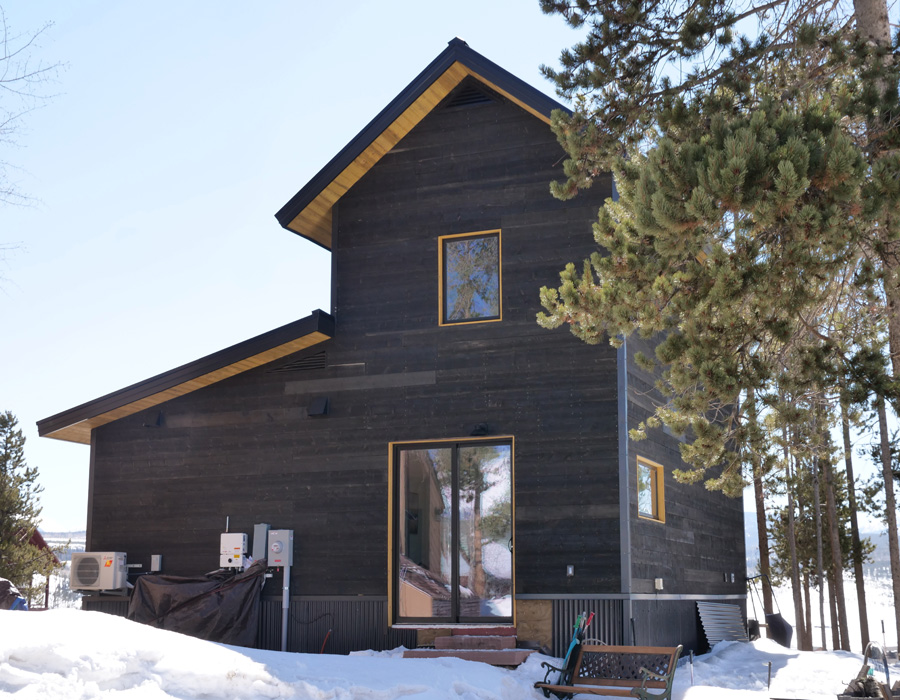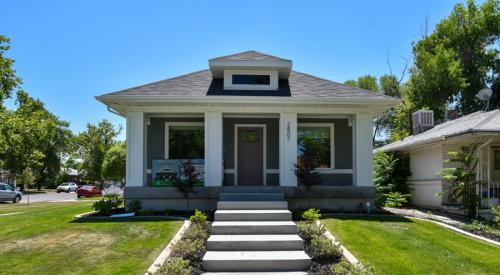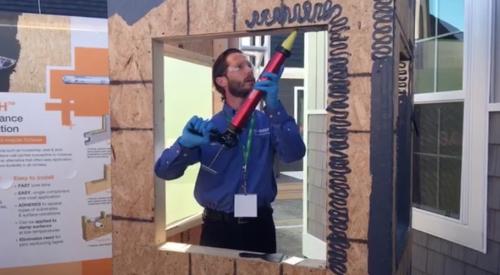For employers, workers, and residents of Colorado’s mountain towns, finding affordably priced housing of any kind has long been a more difficult task than hiking Pike’s Peak and its 14,115 feet.
Rentals are scarce, land is expensive, and the luxury vacation home market tends to edge out its moderately priced competition, leaving a scarcity of options for locals, particularly lower-paid seasonal workers who staff the ski slopes and summer resorts.
But the Solar Decathlon team from the University of Colorado at Boulder has developed a solution that could help. This week, as part of the U.S. Department of Energy’s Solar Decathlon, the students presented the SPARC House, a two-story energy-efficient solar home with an accessory dwelling unit. (SPARC stands for the project’s goals of sustainability, performance, attainability, resilience, and community.)
Built in Fraser, Colo., a ski town 72 miles from Denver, the Solar Decathlon house seeks to address a number of housing and construction challenges faced by those who live, work, and build in mountain towns. Here are a few of those top problems and the solutions the team chose for their energy efficient home:
A short building season and a lack of labor. The mountain climate means construction can really only happen from May to September. The Boulder team turned to prefabricated wall panels from Denver-based Simple Homes, which allowed them to slice the construction time and labor required for the 1,176 square foot SPARC House. (Reducing labor is extra important in mountain town projects, according to the team. “Contractors are more likely to take luxury home contracts rather than smaller, cheaper homes, in some cases making it impossible to build entry level homes at some times during the year,” they noted.)
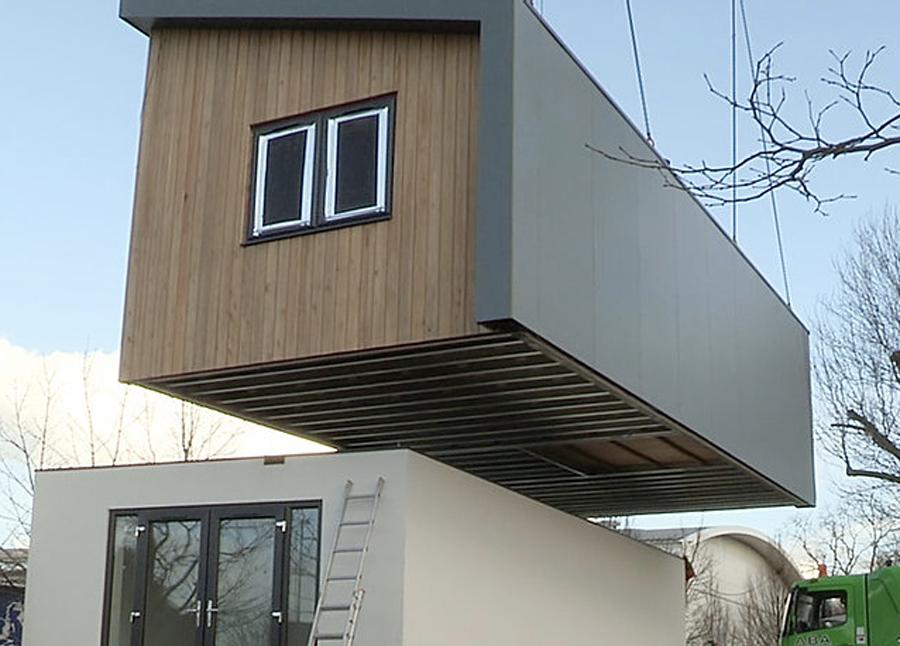
An extreme climate. With an average annual temperature of 38.5 degrees Fahrenheit, Fraser’s subalpine climate puts it among the coldest incorporated towns in the continental U.S. To make the SPARC House comfortable and affordable to heat and cool, the Solar Decathlon team turned to a variety of strategies.
Using passive house principles, they sited the energy efficient home with a southeast orientation to maximize solar heat gain and power production from the 7.6 kilowatt solar array. The house has operable windows on all sides for ventilation, but the students placed just two windows on the north side to minimize the number of openings--and potential energy loss--on the coldest side of the house. High windows in the house also provide privacy, ventilation, and views of the Rocky Mountains.
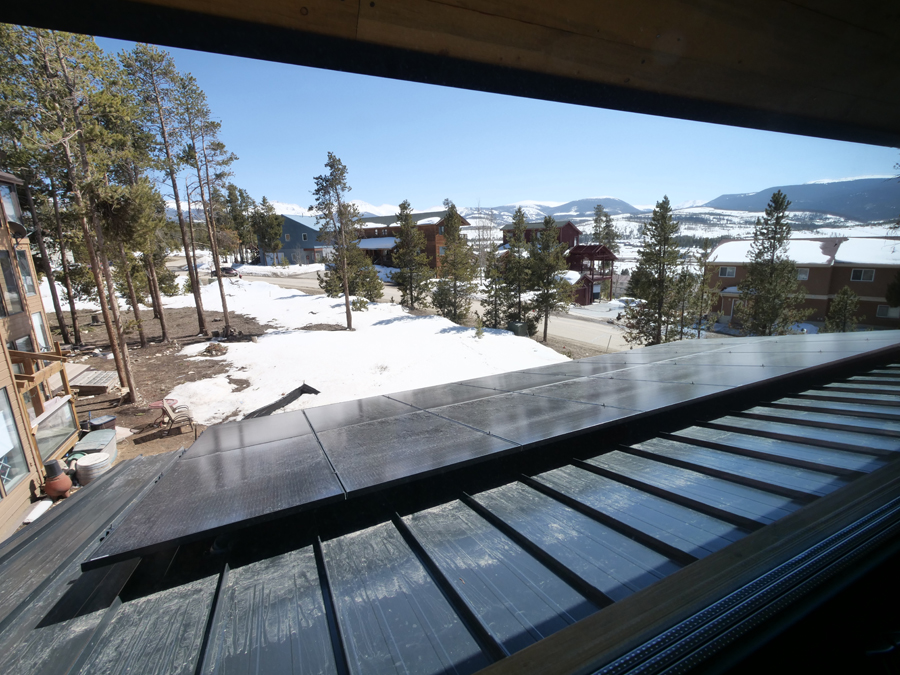
They also invested in creating an insulated building envelope for the energy efficient home. The house’s exterior walls are nearly 15 inches thick, layered with pine-tarred shiplap siding, furring, mineral board insulation, a weather-resistant barrier, plywood framing, sheep wool batt insulation, and a vapor barrier, in addition to more furring, more sheep wood insulation, and drywall.
Overall, the SPARC House has a HERS rating in the low 40s, according to the team.
Limited and/or expensive housing options. “Often misunderstood as existing purely for ski vacations, mountain towns are composed of multifaceted and lively local communities with real and complex economies much like the towns that people often visit from,” the Boulder team’s report says. “In recent years, however, an influx of challenges are raising housing costs beyond the reach of both low- and middle-income residents.”
The students tackled that problem in two ways. First, they designed a house that included an accessory dwelling unit (ADU) that could offer short- or long-term rental housing to seasonal workers while providing the homeowner with an estimated monthly rental income of $800 defray the cost of their mortgage. Second, the students focused on keeping construction costs affordable for the SPARC House, opting for a simple design, modest square footage, and panelized construction. As a result, the house has an estimated purchase price of $439,000, which is significantly less than the average home sales price of $699,000 for Fraser in December 2020.
Watch the University of Colorado at Boulder Solar Decathlon team in action:
For more information, including product specifications and construction techniques, visit the Boulder team’s website.


